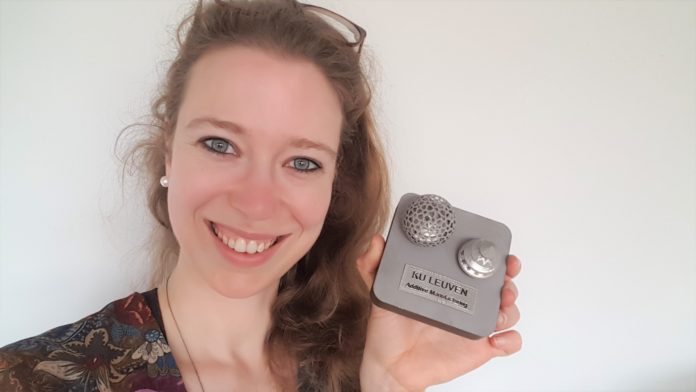Needless to say there have been several notable engineers and inventors who have changed the way one lives through their practical solutions. Here is the thing, we tend to forget that at the heart of every project in the mechanical engineering field, often lies an underappreciated part: a deep research work.
“Mechanical Engineering is not just about cars and planes (or other machines), there are much more possibilities”, Jitka Metelkova states. Our guest in this Opinion of the Week is a PhD researcher on Additive Manufacturing in the Department of Mechanical Engineering at KU Leuven.
We had already discussed the fundamental role of R&D in any industrial sector including AM, the shift in the paradigm of the R&D industry, and even the increasing use of AM as a R&D tool.
However today, with key examples from KU Leuven, Metelkova shares a closer look at the activities within the AM research team, the challenges the team still wants to overcome as well as social issues across the engineering field where researchers can play their part.
Under the supervision of their team leader Prof. Brecht Van Hooreweder, the team at KU Leuven AM group focuses on research for AM and carries out most of their projects with the industry. With the goal of spreading knowledge about AM and supporting industries through collaboration and development of joint research projects, KU Leuven AM unit also acts as a hub between different companies which would not have achieved pivotal collaboration for dedicated research projects on their own.
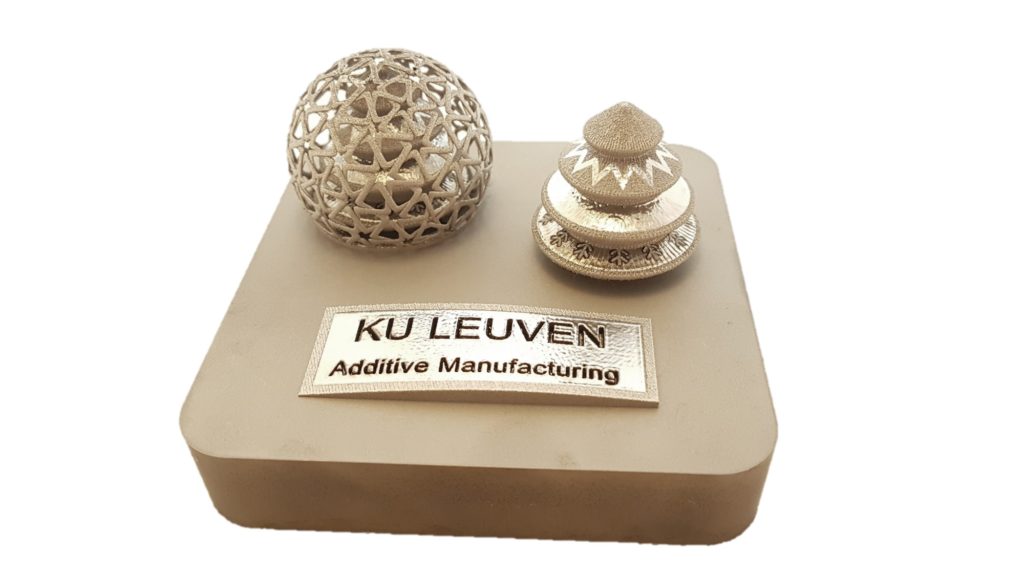
In this vein, they are active on four main areas: “machine and process development, exploring new materials for powder bed AM (these are not only metals, but also polymers and ceramics), improving surface finish and dimensional accuracy via “hybrid” additive-subtractive manufacturing and tuning and predicting mechanical properties, especially fatigue performance.” “Some of these activities are performed in collaboration with other departments. For instance, we collaborate with the Department of Materials Engineering on new metals and ceramics and with the Department of Chemical Engineering on polymers”, Metelkova explains.
Although our guest enumerates the wide range of materials they are currently exploring, most of the research team’s activities often seem to focus solely on metal AM technology. You may certainly think it makes perfect sense given the fact that metal AM remains one of the main drivers of the AM market. However, the main reason for this focus on Metal AM, especially, laser powder bed fusion of metals dates back to 1990, when Jean-Pierre Kruth, the founder of the KU Leuven AM group started to explore the potential of this technology for the industry. Since then, they have kept this activity as their primary activity while exploring also other AM technologies (e.g.: research also on SLS (Selective Laser Sintering) of polymers and ceramics).
Furthermore, from a technological perspective, “laser powder bed fusion is currently the most promising AM technology for metals, and has the largest interest of both the academic and industrial community. Compared to deposition-based AM, it results in a superior surface quality and is able to produce very fine features”, the researcher notes.
Speaking of her work as a researcher, the PhD researcher is currently exploring the manufacturing possibilities of “hybrid” processing.
In a hybrid manufacturing approach, the additive-subtractive process will not only consist for operators to build up material but also to remove material using an additional (pulsed) laser.
“I find it fascinating to try to push the limits of what is possible. For example, we have recently found a way to improve the quality of inclined surfaces during the process. As we work with laser powder bed-fusion, inclined surfaces cannot be polished during building because they are covered with powder. Nevertheless, we took advantage of the pulsed laser to locally blow away powder from the inclined surfaces, which opens a whole lot of new possibilities. Now we can laser polish or texture even these normally hidden inclined surfaces”, she explains.
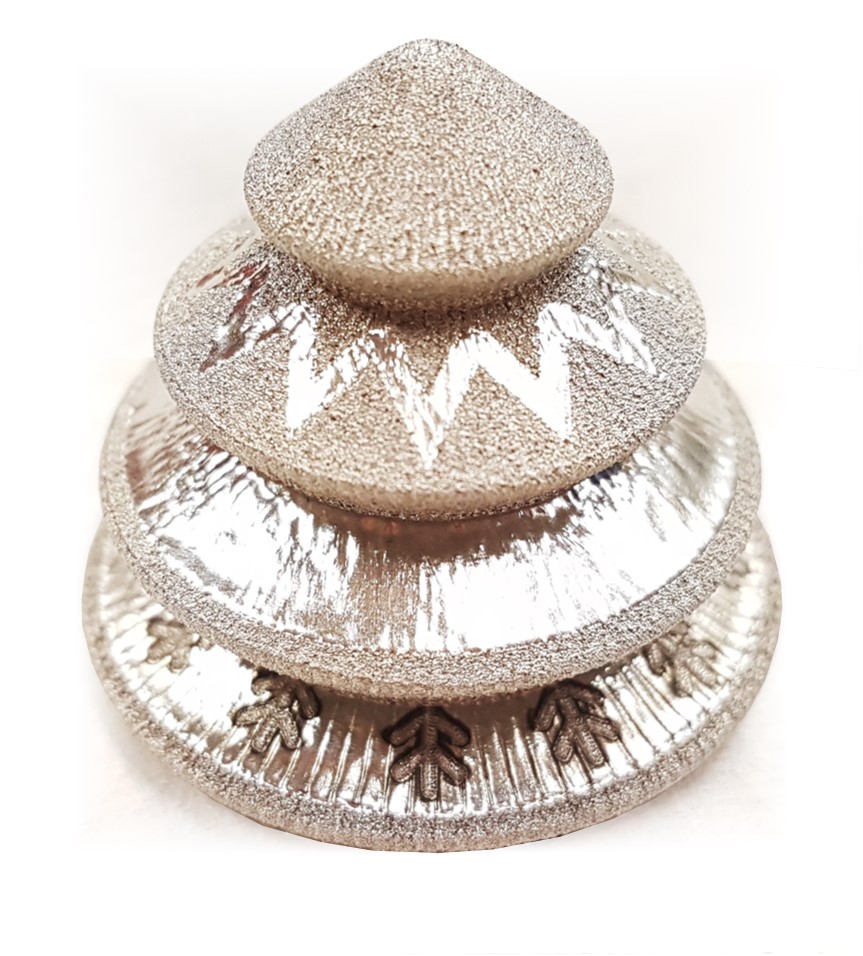
Challenges and social initiatives within the industry
Not surprisingly, even AM-dedicated research organizations also encounter some challenges in their work. Interestingly, their challenges often depend on what happens on the ground (understand “on the manufacturing floors of industries”).
Here for instance, Metelkova says, there is still a lot of work to do to fully integrate AM in a real production environment and the challenges at this level include the ones regarding quality control and part certification.
Moreover, “the economic potential of AM can still improve by boosting productivity while decreasing scrap and material waste. Combined with an ever-increasing materials palette to use with AM, this will enable a very wide range of yet to explore applications in a large variety of industries and sectors”, she continues.
With the ambition to play a pivotal role in these future developments, the KU Leuven AM group has recently opened an additional AM lab. With this opening, the team plans to scale up their activities and focus on what they do best: “new AM machine design and AM process improvement.”
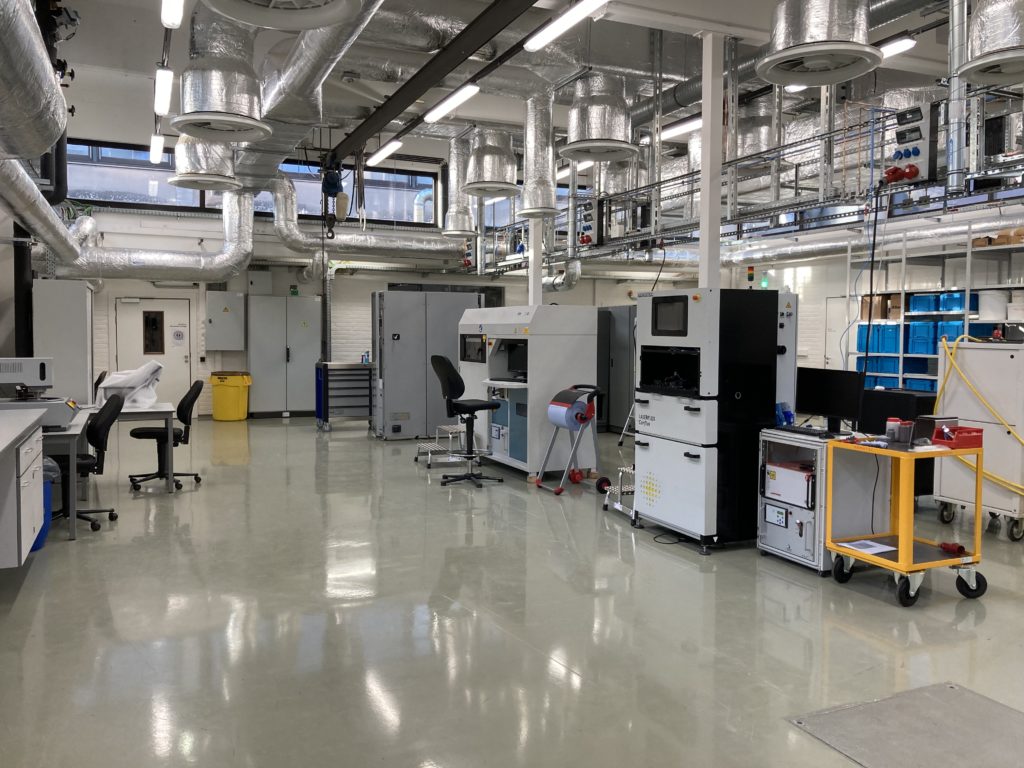
Lastly, as the tech industry is considered as many as a “men’s club”, it should be noted that for our guest, and compared to other branches of the mechanical engineering field, “it feels almost like a women collective” :).
“For instance in our group, there is the highest ratio of women-to-men from the department, between 30-50%. This is valid in many research sectors: towards research it is more balanced and the more you go towards production, the more it becomes “a men’s club”. Having a balanced team (whether in industry or academia) will definitely increase your chances to succeed in finding the right solution to your problem”, she outlines.
Nonetheless, numerous activities continue to be implemented across all fields to promote gender equality. As a matter of fact, the KU Leuven AM Group has recently taken part in the Women in 3D Printing & WomInTech Initiative that consists in mentoring a young girl during a one-day internship.
According to Metelkova who mentored Elise Gutermann, a Master Student in Biomedical Engineering, such activity is always enriching as they bring together people from different backgrounds.
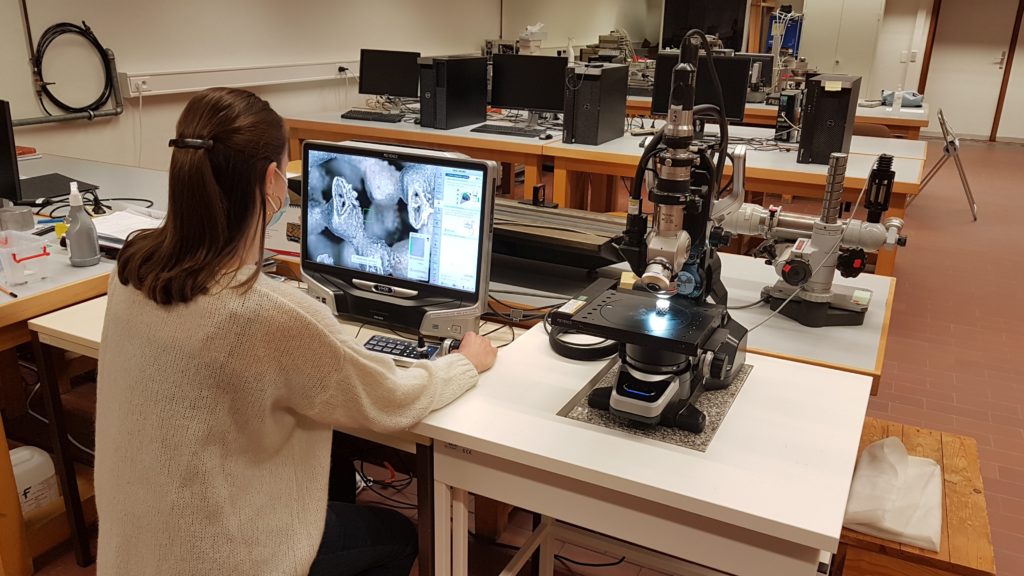
“It is important to show Bachelor and Master students what possibilities they have after they graduate and how does a typical day of a researcher look like. [This way, we also shed light on the fact] that not all researchers wear a white lab coat all the time and that such a job is far from boring! 🙂 We could have a number of interesting discussions on many topics. On the other hand, I think that the technical sector should be more promoted at the pre-university levels. I am not saying that all girls should go to technical schools, but all girls should have an idea of what it is about, so that they can freely choose whether they would like such profession or not”, she concludes.
Remember, you can post job opportunities in the AM Industry on 3D ADEPT Media free of charge or look for a job via our job board. Make sure to follow us on our social networks and subscribe to our weekly newsletter : Facebook, Twitter, LinkedIn & Instagram ! If you want to be featured in the next issue of our digital magazine or if you hear a story that needs to be heard, make sure you send it to contact@3dadept.com



